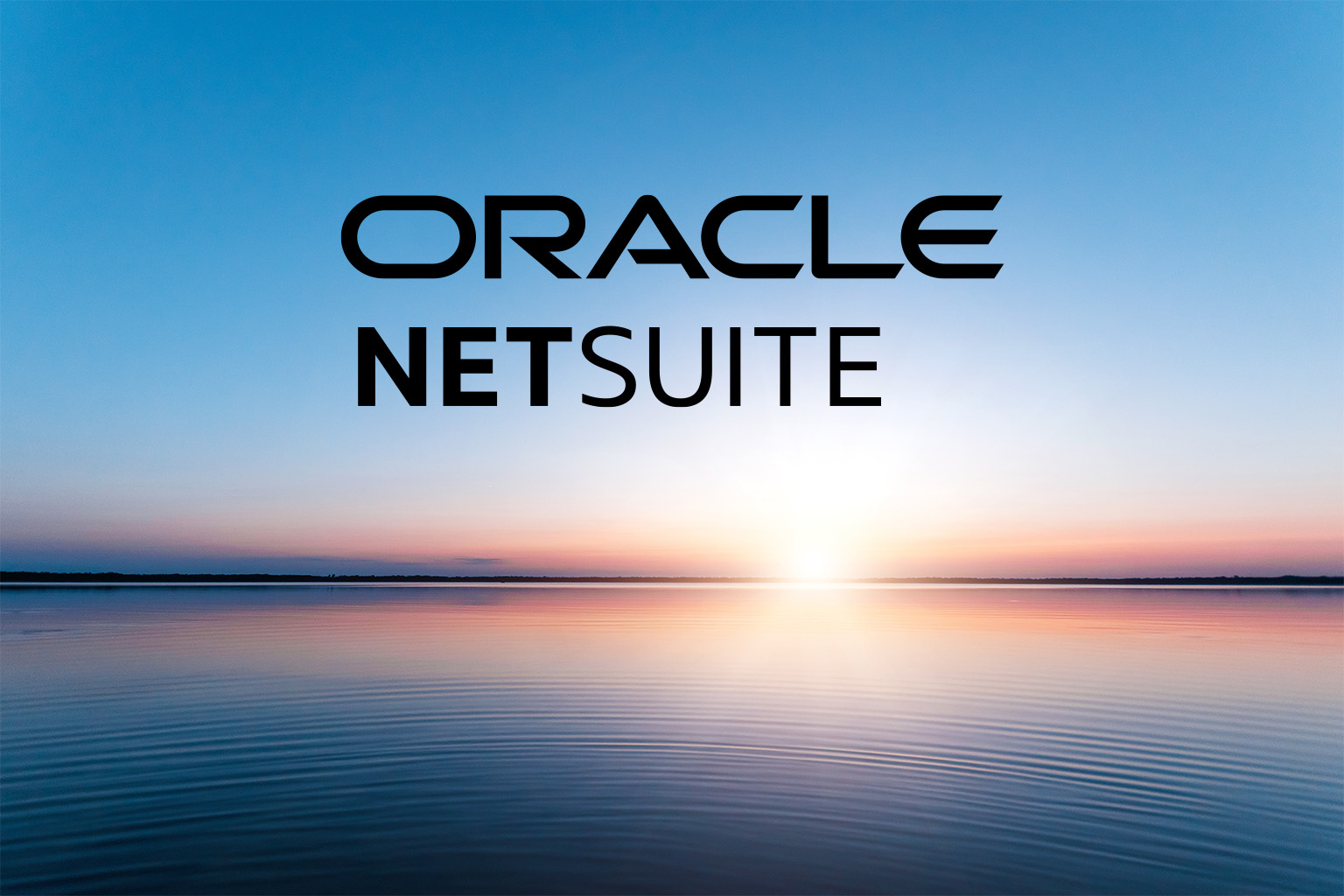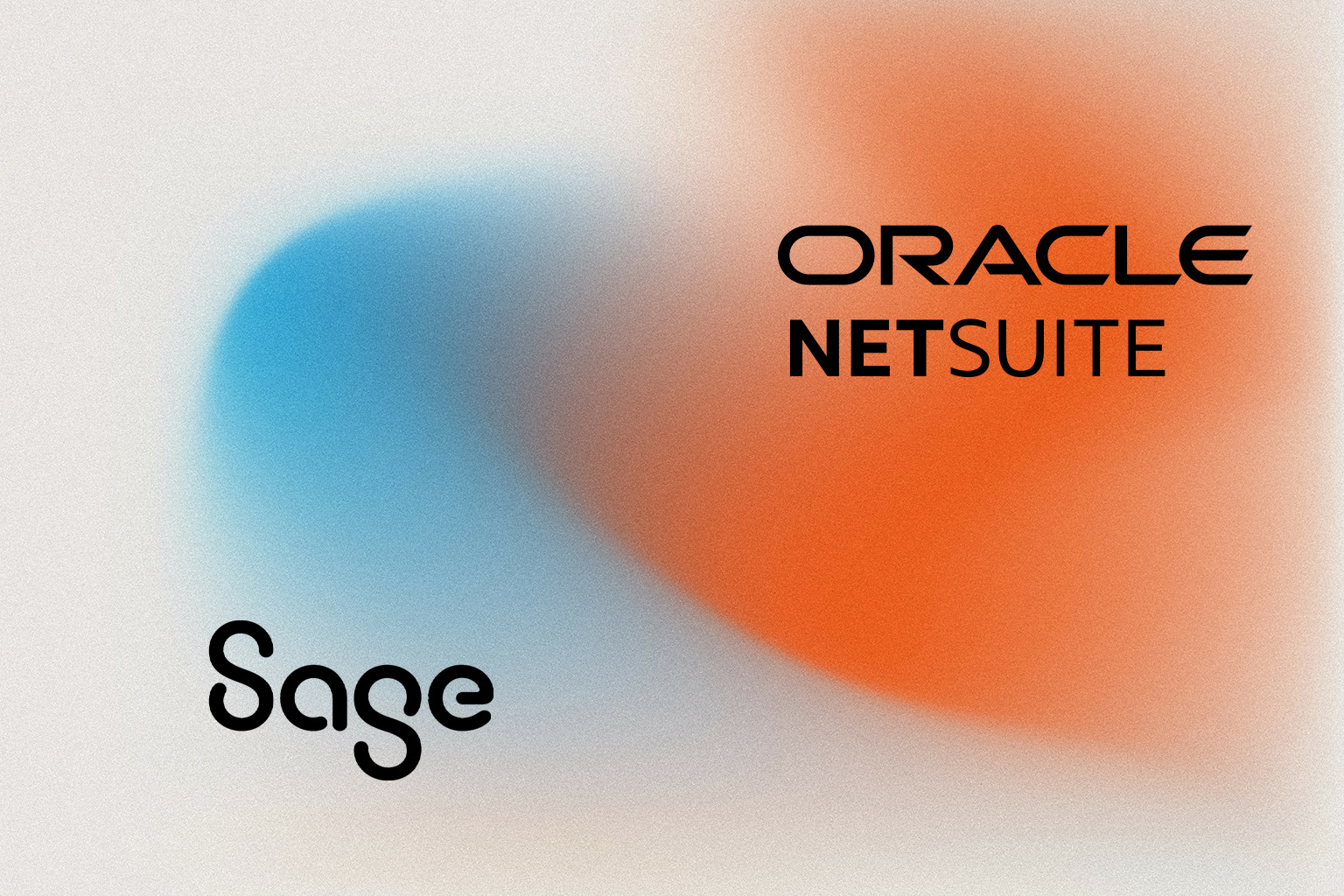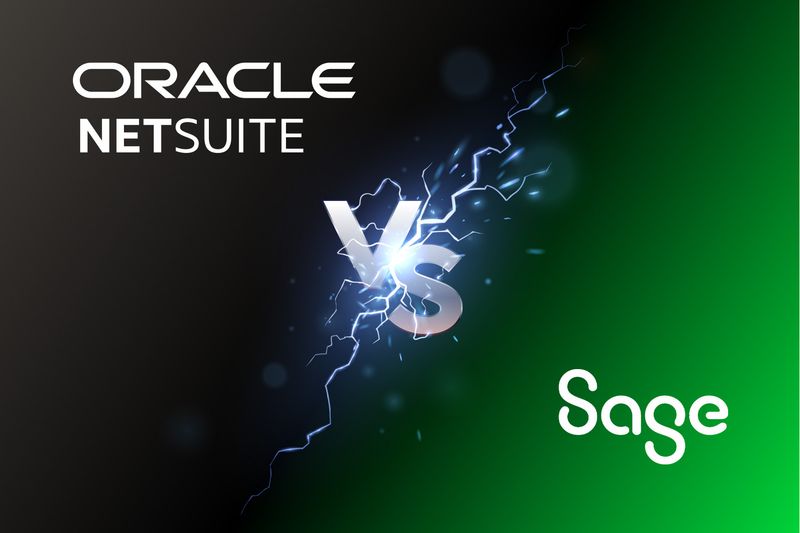Here’s the bottom line: NetSuite is the best ERP solution built stronger than Sage Intacct to run, manage, and grow your entire business worldwide, whereas Sage is fundamentally an accounting software solution — supporting only English-speaking locations.
Let’s dig deeper into this fundamental difference and reveal more advantages NetSuite possesses over Sage Intacct.
Defining ERP
ERP stands for Enterprise Resource Planning. It’s business management software that integrates a range of functions and processes within an organization into a single, unified system.
ERP systems are designed to streamline and automate various business activities, including finance, human resources, supply chain management, manufacturing, customer relationship management (CRM), and more.
The primary goal of an ERP system is to facilitate the flow of information between different departments and functions within a company, enabling efficient decision-making and resource allocation.
By consolidating data and providing real-time visibility into key business processes, ERP software helps organizations improve productivity, optimize resource utilization, reduce costs, and enhance overall operational efficiency.
NetSuite: History and Overview

NetSuite is a cloud computing company supporting over 36,000 businesses of all sizes in 217 countries and territories around the world.
It offers a suite of software services to manage business operations and customer relations. It was founded in 1998 by Evan Goldberg and Oracle Chairman Larry Ellison. The company’s original name was NetLedger, which offered web-hosted accounting software.
In 2001, the company transitioned from web-hosted accounting software to a broader business management system and rebranded itself as NetSuite.
Over the years, NetSuite continued to expand its product offerings and services, focusing on providing comprehensive solutions for small to medium-sized businesses. It introduced new features like NetSuite OneWorld for multinational companies and SuiteCommerce for integrating ecommerce functions.
In 2016, Oracle Corporation acquired NetSuite for approximately $9.3 billion, making it one of the largest acquisitions in the history of the tech industry. Today, NetSuite continues to be a leading provider of cloud-based financials, ERP, and omnichannel commerce software suites, serving organizations worldwide.
Sage Intacct: History and Overview
Sage Intacct is a cloud-based accounting software company founded by Odysseas Tsatalos and David Chandler Thomas in 1999. It was one of the first accounting applications designed specifically for the cloud, marking a significant innovation in financial management software.
Over the years, Intacct expanded its offerings, providing comprehensive financial management and accounting solutions that helped businesses automate processes, improve decision-making, and drive growth.
In 2017, Sage Group, a British enterprise software company, purchased Intacct for $850 million. This acquisition was a strategic move by Sage to strengthen its position in the cloud-based financial management services sector.
After the acquisition, Intacct was rebranded as Sage Intacct. Today, Sage Intacct serves around 17,000 customers, but only in English-speaking countries.
Key Differences Between Sage Intacct and NetSuite

Both NetSuite and Sage Intacct are cloud-based, meaning that they each maintain and host the data to make it easy for customers to update and access the software.
However, NetSuite has significant advantages over Sage Intacct in terms of:
- The ability to run an entire organization, not just accounting and finance
- International business management
- Target audience
Let’s dig in.
NetSuite Works Across Your Entire Organization
NetSuite is a robust ERP system developed by Oracle providing end-to-end business management capabilities. It is designed to support businesses of all sizes and across multiple industries through:
- Financial management
- Inventory and Supply Chain Management
- Customer Relationship Management (CRM)
- Ecommerce and Omnichannel Management
- Human Resources and Payroll
- Business Intelligence and Reporting
Conversely, Sage Intacct is a cloud-based financial management solution designed primarily for small and medium-sized businesses. While it focuses on financial management, you must add applications to extend its business management capabilities.
NetSuite Supports Global Enterprise
Sage Intacct only supports English, limiting its reach to English-speaking countries.
NetSuite, however, supports 27 languages, over 190 currencies, transactions in over 90 bank formats, and tax and reporting standards for more than 100 countries. This is why you’ll find NetSuite customers in more than 200 territories.
NetSuite Supports Growing Mid-Market and Enterprise Businesses
NetSuite targets mid-market and enterprise businesses with global operations. It caters to a variety of industries, including manufacturing, distribution, SaaS, and more. This makes it a versatile solution for businesses in these sectors and those looking to expand their global reach.
In contrast, Sage Intacct is primarily utilized by small and medium-sized businesses in North America. Its focus on core financial management and accounting makes it a popular choice among businesses in this region. It’s suitable for smaller businesses focusing on accounting and financial management.
Plus, NetSuite serves the following markets that Sage Intacct does not:
- Retail and Ecommerce
- Restaurants and Hospitality
- Advertising, Media, Publishing
- Transportation and Logistics
In-Depth Feature Comparison: NetSuite vs. Sage Intacct

NetSuite and Sage Intacct offer core financials, but NetSuite quickly stands apart once you factor in business capabilities beyond the numbers.
Let’s examine these specific issues for each solution, including:
- Software pricing
- Financial management
- Inventory and supply chain management
- Backend Platform
- Ecommerce
- Analytics
- CRM
- HCM
Software Pricing
NetSuite and Sage Intacct both charge by user. Though Sage Intacct touts lower pricing, adding features ramps up cost quickly once you factor in the total cost of ownership.
Review these additional costs associated with using Sage Intacct:
- Adding users costs thousands of dollars per year
- If you have multiple branches or countries, you get charges for each additional entity
- Consolidation reporting for each entity comes at an additional cost, priced at various levels, potentially adding up to over $10,000 per year
- You must add Intacct’s customization service to customize the platform for features like custom fields
- Intacct’s interactive visual explorer custom report writer are additional costs for visualizing data and producing customized reports, respectively
- You must subscribe to Intacc’ts expanded platform services to customize workflows, templates, and menus
- Application integrations require Intacct’s web services developer license (approximately $1000 per year)
With NetSuite, reporting, customizations, and more are included in each user license, so you sidestep hidden costs typically associated with Sage Intacct’s pricing model.
Financial Management Capabilities

Both Sage Intacct and NetSuite offer core accounting and financial management tools, including:
- Accounts Payable (AP)
- Accounts Receivable (AR)
- General Ledger
- Cash Management
- Fixed Assets Management
- Subscription Billing
- Revenue Recognition
- Forecasting and Budgeting
- Multicompany Consolidation
- Multicurrency
- Financial Planning and Analysis
- Global Accounting and Consolidation
- Global Tax Management
- Governance, Risk, and Compliance
However, with Intacct, you’ll need additional modules to access advanced financial reports readily available in NetSuite.
Inventory and Supply Chain Management

Compared to Sage Intacct, NetSuite is vastly superior in connecting inventory, warehouse, and supply chain management. Let’s take a look at what’s available (and what’s not available) in each system:
Sage Intacct does not offer the following production, supply chain, and warehouse management tools available in NetSuite:
- Demand/Supply Planning and Forecasting
- Quality Management
- Global Supply Chain Planning and Execution
- Warehouse Management System (WMS)
NetSuite fully supports these features, whereas Sage Intacct only offers the following tools with limited capabilities or requiring additional 3rd party support:
- Product Data Management
- Work Order Management
- Manufacturing Execution System (barcoding, HMI)
- Order Management
- Warehouse and Fulfillment
Both Netsuite and Sage Intacct support the following:
- Inventory Management
- Procurement
Manufacturing companies and distributors will clearly benefit from choosing NetSuite to integrate financials with core areas of business.
Customer Relationship Management (CRM)

NetSuite offers a comprehensive cloud-based CRM solution combining:
- Sales Force Automation
- Marketing Automation
- Customer Support and Service Management
- Contact and Lead Management
- Analytics and Reporting
- Integration with ERP and Other Systems
- Mobile Accessibility
This complete CRM suite empowers businesses effectively manage customer relationships, streamline sales and marketing processes, and deliver superior customer service.
By contrast, Sage Intacct doesn’t offer a CRM. Intacct relies on integration with Salesforce, adding another layer to the software stack and another bill to manage for your procurement team.
Human Capital Management (HCM)
NetSuite excels in providing a comprehensive HCM suite with integrated HR and financial management capabilities. It provides a centralized platform for managing the entire employee lifecycle and offers a broader range of HCM functionalities, including talent management, benefits administration, and global HR capabilities.
On the other hand, Intacct has limited core HR capabilities and must connect with other software services, like Sage People and ADP, to deliver a full suite of HR functions. These integrations can become complicated and cumbersome to implement and manage.
Analytics, Reporting, and Dashboards

Overall, both NetSuite and Sage Intacct offer reporting and business analytics capabilities.
On the one hand, NetSuite is built on real-time data, integration with its core modules, one central database, powerful saved searches, advanced analytics options, and over 200 built-in reports to hit the ground running after implementation.
Sage Intacct offers a limited number of reports based on disparate data tables. This is a huge problem when looking for one source of truth for your business. Intacct’s dashboard can be cumbersome to set up, and exporting Excel files with retained formats and formulas is not possible (as they are in NetSuite).
You can upgrade your instance with Intacct’s interactive visual explorer custom report writer to visualize data and customize reports, but these come at an extra cost. NetSuite delivers advanced, customizable reports out of the box and with pristine accuracy.
Ecommerce

SuiteCommerce is NetSuite’s comprehensive ecommerce solution. It provides a fully integrated platform for managing online storefronts, order management, inventory, and customer data.
Plus, SuiteCommerce enables businesses to create and customize engaging and responsive ecommerce websites with features like product catalogs, shopping carts, secure checkout, and payment gateways.
NetSuite SuiteCommerce and SuiteCommerce Advanced provide a true omnichannel experience allowing businesses to deliver a consistent shopping experience across multiple channels, including web, mobile, in-store, and call centers. It supports features like buy online, pick up in-store (BOPIS), ship from store, and inventory visibility across channels.
At its core, Sage Intacct does not fully support ecommerce, but you can add this functionality through its marketplace.
Implementation
Implementation is the key to successfully getting your company up and running with ERP software to its full potential. Sage Intacct relies on vendors and partners to consistently service implementation requests, creating inconsistent approaches and widely varying costs.
NetSuite has developed a smooth implementation process shared by the netSuite team and its trusted NetSuite Solutions partners to go live with your new ERP cost-effectively. Rest assured, you’ll be matched with a specialized team of NetSuite experts knowledgeable of your industry and/or region to deliver a customized solution (and not a default one).
Final Word: Why NetSuite Wins Over Sage Intacct

When it comes down to running an entire operation, NetSuite was made for the challenge. Compared to netSuite, Sage Intacct hits its ceiling quickly, even within its wheelhouse of financial functions.
Without question, NetSuite is the best ERP for companies looking to grow and get complete visibility of their business in real time.
If you’d like a personalized demo, book a call with our team of deeply knowledgeable NetSuite experts. We bring extreme care and are passionate about helping our customers succeed — factoring in your unique goals and people every step of the way.



